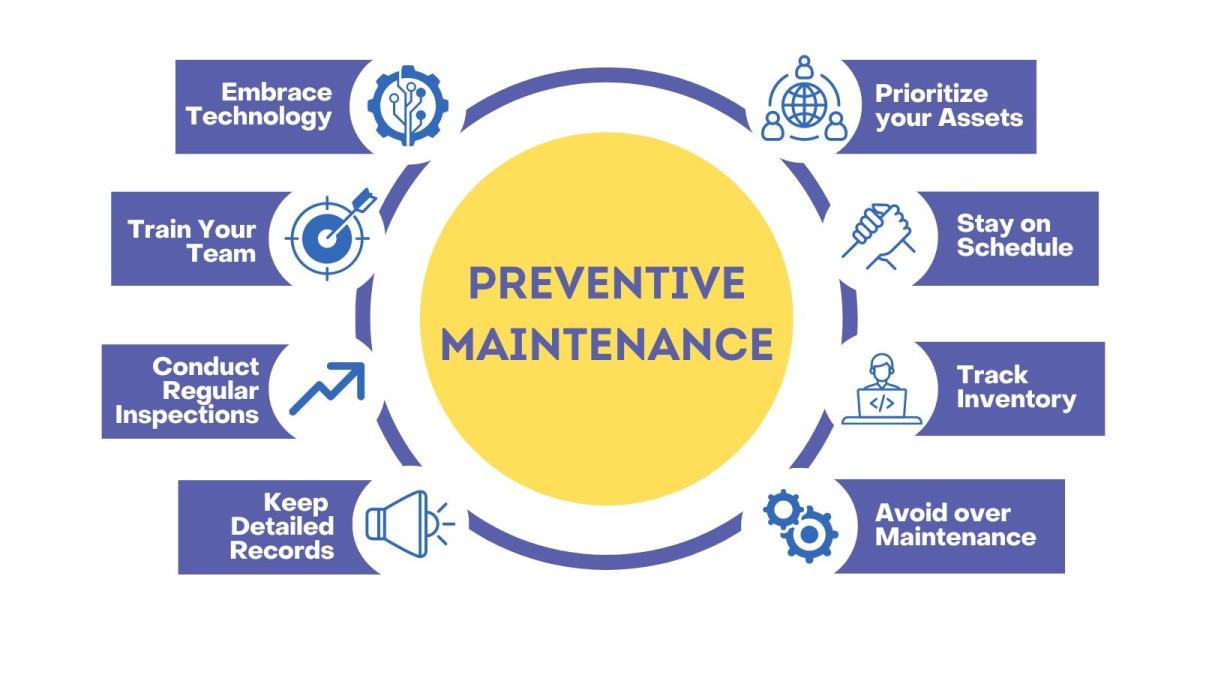A market's Compound Annual Growth Rate (CAGR) is a powerful indicator of its momentum, and the projected Predictive Maintenance CAGR is exceptionally high, signaling a technology that is in its prime adoption phase. A growth rate of this magnitude is indicative of a fundamental shift in industrial thinking, moving away from outdated maintenance philosophies towards a smarter, data-driven approach. It reflects the convergence of several mature technologies—affordable sensors, ubiquitous connectivity, scalable cloud computing, and advanced AI—that have now made predictive maintenance both technically feasible and economically viable for a wide range of industries. For businesses and investors, this powerful CAGR is a clear signal of a market with immense long-term potential that is solving a critical and high-value business problem.
The economic engine behind this industrial transformation is a formidable compound annual growth rate of 26.20%. This powerful rate of expansion is the force that will drive the market towards its projected USD 111.30 billion valuation by the year 2030. This sustained, high-speed growth is a direct result of the clear and rapid return on investment (ROI) that predictive maintenance solutions deliver. By preventing a single catastrophic equipment failure or avoiding days of unplanned downtime, a PdM system can often pay for itself in a matter of months. This compelling business case is fueling a rapid cycle of adoption, as successful case studies and proven results encourage more companies to invest, which in turn drives the market's strong and consistent upward trajectory.
Several key drivers are responsible for fueling and sustaining this impressive growth rate. The primary factor is the widespread adoption of the Industrial Internet of Things (IIoT). As more and more industrial assets are equipped with sensors and connected to the network, a massive and continuous stream of condition data is being generated, which is the essential fuel for any predictive maintenance algorithm. Another major driver is the increasing accessibility of advanced AI and machine learning tools, particularly through cloud platforms, which allows even companies without large data science teams to build and deploy sophisticated predictive models. Furthermore, the intense competitive pressure in industries like manufacturing is forcing companies to find every possible way to improve efficiency and reduce costs, making PdM a critical competitive weapon.
Looking forward, the 26.20% CAGR is expected to be maintained by the technology's expansion into new applications and its increasing sophistication. The initial focus on predicting mechanical failures (e.g., in motors and pumps) is now expanding to include predictions of quality issues, process deviations, and even energy consumption optimization. The use of more advanced AI techniques, such as deep learning and generative AI, will enable the detection of more complex and subtle failure patterns, further increasing the accuracy and value of the predictions. As the technology becomes more powerful and easier to deploy, its adoption will continue to accelerate, ensuring that the market remains on its high-growth path for the foreseeable future.
Explore Our Latest Trending Reports:



